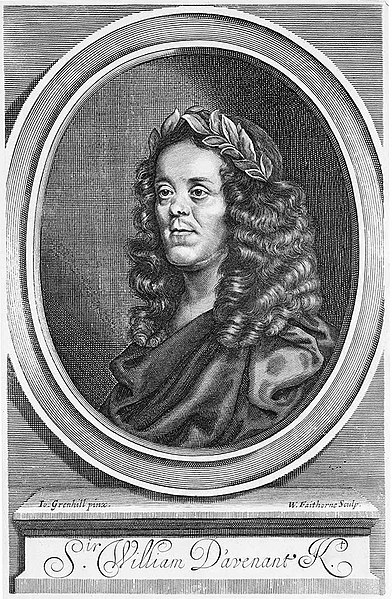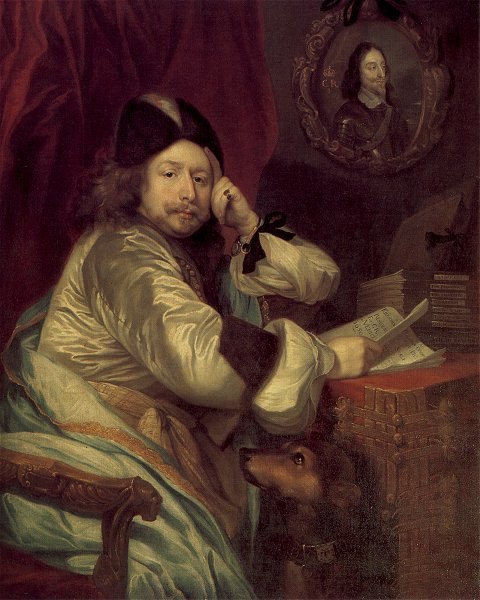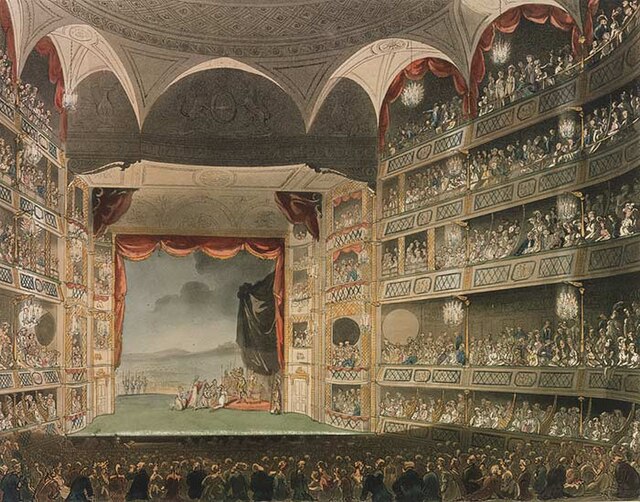The Restoration spectacular was a type of theatre production of the late 17th-century Restoration period, defined by the amount of money, time, sets, and performers it required to be produced. Productions attracted audiences with elaborate action, acrobatics, dance, costume, scenery, illusionistic painting, trapdoors, and fireworks. Although they were popular with contemporary audiences, spectaculars have earned a reputation from theatre historians as vulgar in contrast to the witty Restoration drama.
William Davenant brought changeable scenery to the public stage.
Samuel Pepys recorded the performances of the 1660s in his diary
The Dorset Garden Theatre, on the Thames. It was fashionable and convenient for the audience to arrive by boat, avoiding the crime-ridden neighbourhood of Alsatia.
Theatre Royal, Drury Lane
The Theatre Royal, Drury Lane, commonly known as Drury Lane, is a West End theatre and Grade I listed building in Covent Garden, London, England. The building faces Catherine Street and backs onto Drury Lane. The present building, opened in 1812, is the most recent of four theatres that stood at the location since 1663, making it the oldest theatre site in London still in use. According to the author Peter Thomson, for its first two centuries, Drury Lane could "reasonably have claimed to be London's leading theatre". For most of that time, it was one of a handful of patent theatres, granted monopoly rights to the production of "legitimate" drama in London.
Exterior of venue during a production of Charlie and the Chocolate Factory
Thomas Killigrew as he appeared in 1650
David Garrick, the theatre manager 1747–1776, is portrayed in the title role of Richard III in this painting by William Hogarth.
The interior of the third and largest theatre to stand at Drury Lane, c. 1808







